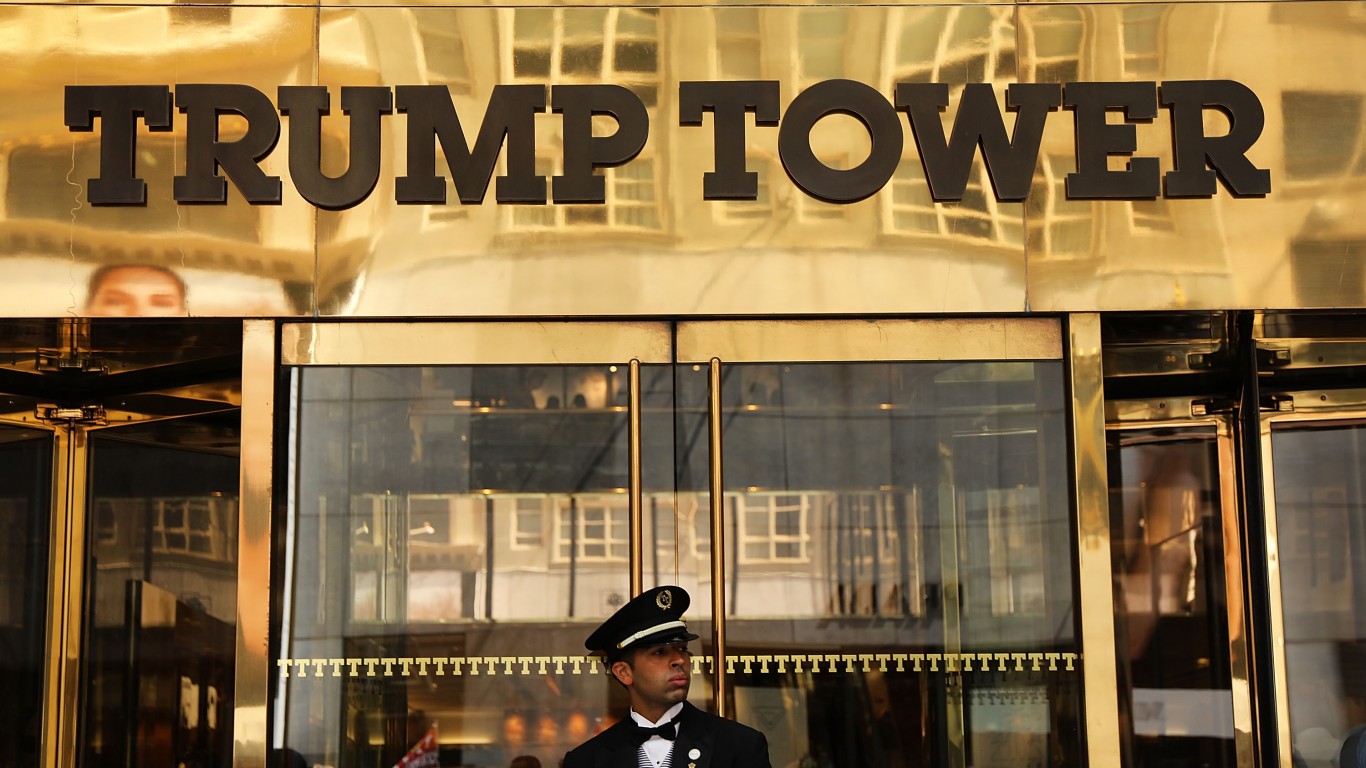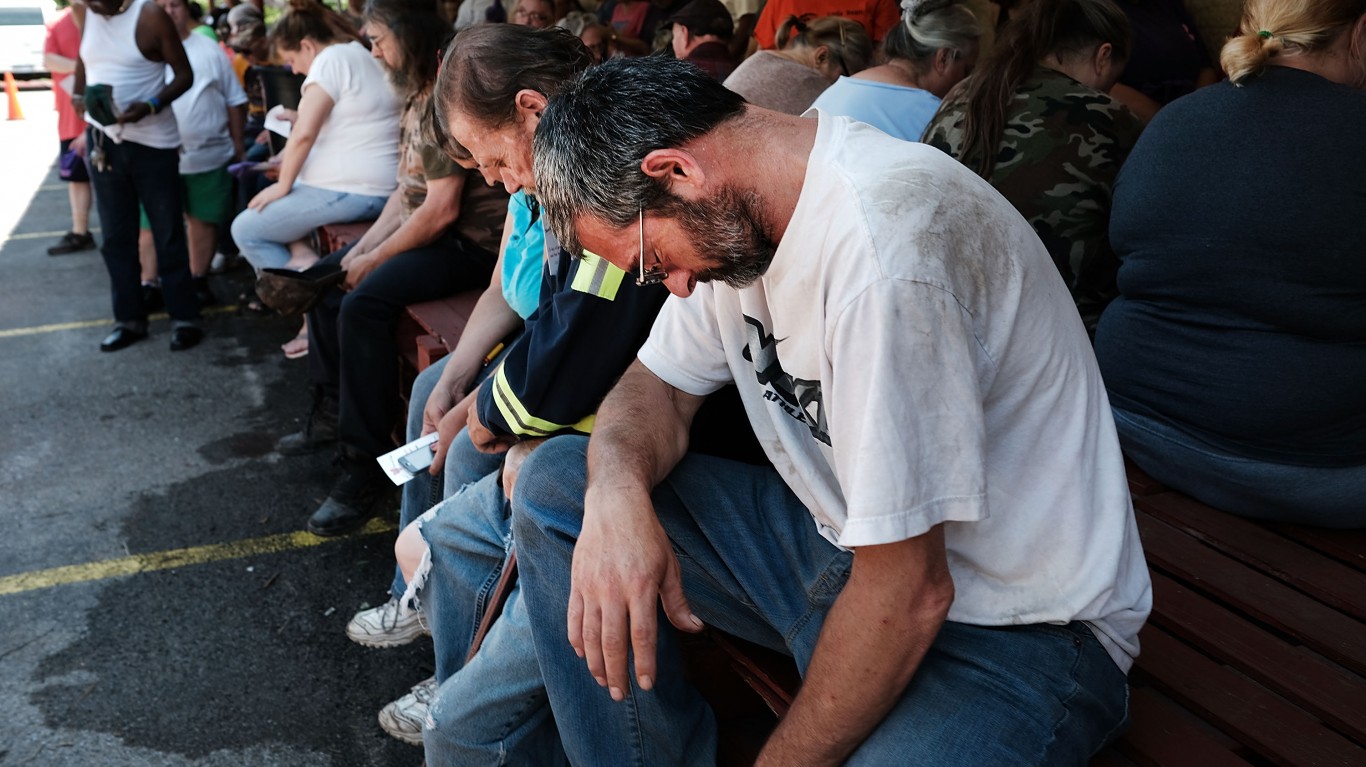Finance Minister Lou Jiwei seemed coy in his recent comments about a Chinese GDP stimulus package. There probably will not be a big one this year, but the central government plans to help employment and accommodate efforts by the private sector to expand. He left open the consideration about what is stimulus and what is not in the People’s Republic. No matter how he expresses the country’s plans, the rest of the world awaits a Chinese investment in its economy and must have it for global gross domestic product to recover at a rate beyond the extremely slow one that marks expansion now.
Economics 101 says that stimulus will not help Chinese exports. The balance of the world must post an economic recovery for demand for factory goods in China to pick up. And manufacturing remains at the heart of China’s growth and its ability to create a middle class. That middle class is essential if the People’s Republic wants its economy to morph closer to the one in the United States, where consumer activity represents two-thirds or better of GDP. Internal consumers need to begin to match demand for goods and services outside China’s borders.
The last major stimulus program set by the central government put $585 billion into its economy beginning in late 2008, just ahead the time a similar plan of $787 billion was adopted in the United States. Based on the relative size of the nations as measured by GDP, China’s stimulus was “bigger.” Of course, the U.S. government was not in a good position to increase the size of its stimulus effort, at least not if it was to avoid a ballooning deficit.
Like most major stimulus plans, China’s was meant to drive the economy from the inside out. Taxes were cut, businesses received incentives to expand and the People’s Republic created huge infrastructure projects that gave work to tens of thousands of businesses and hundreds of thousand of workers. These projects were criticized in some quarters, because much of what was being built had little future use. In the long run, perhaps that did not matter. A job is a job.
For the rest of the world, a job created in China is penny, a nickel or a dollar of opportunity for the consumers and enterprises in the People’s Republic to need imports from other countries. China’s middle class has been estimated at 250 million people, nearly the size of the entire population of the United States. And its industrial and technology businesses are large importers as well — so long as they have the demand, even if it is fake, to expand their businesses.
China, perhaps the world’s greatest exporter, needs to become its greatest importer as well. Although that might not happen entirely, if demand in China shifts sharply higher, the world’s economy will have one more engine to pull it out of GDP expansion doldrums.
Are You Ahead, or Behind on Retirement? (sponsor)
If you’re one of the over 4 Million Americans set to retire this year, you may want to pay attention.
Finding a financial advisor who puts your interest first can be the difference between a rich retirement and barely getting by, and today it’s easier than ever. SmartAsset’s free tool matches you with up to three fiduciary financial advisors that serve your area in minutes. Each advisor has been carefully vetted, and must act in your best interests. Start your search now.
Don’t waste another minute; get started right here and help your retirement dreams become a retirement reality.
Thank you for reading! Have some feedback for us?
Contact the 24/7 Wall St. editorial team.




